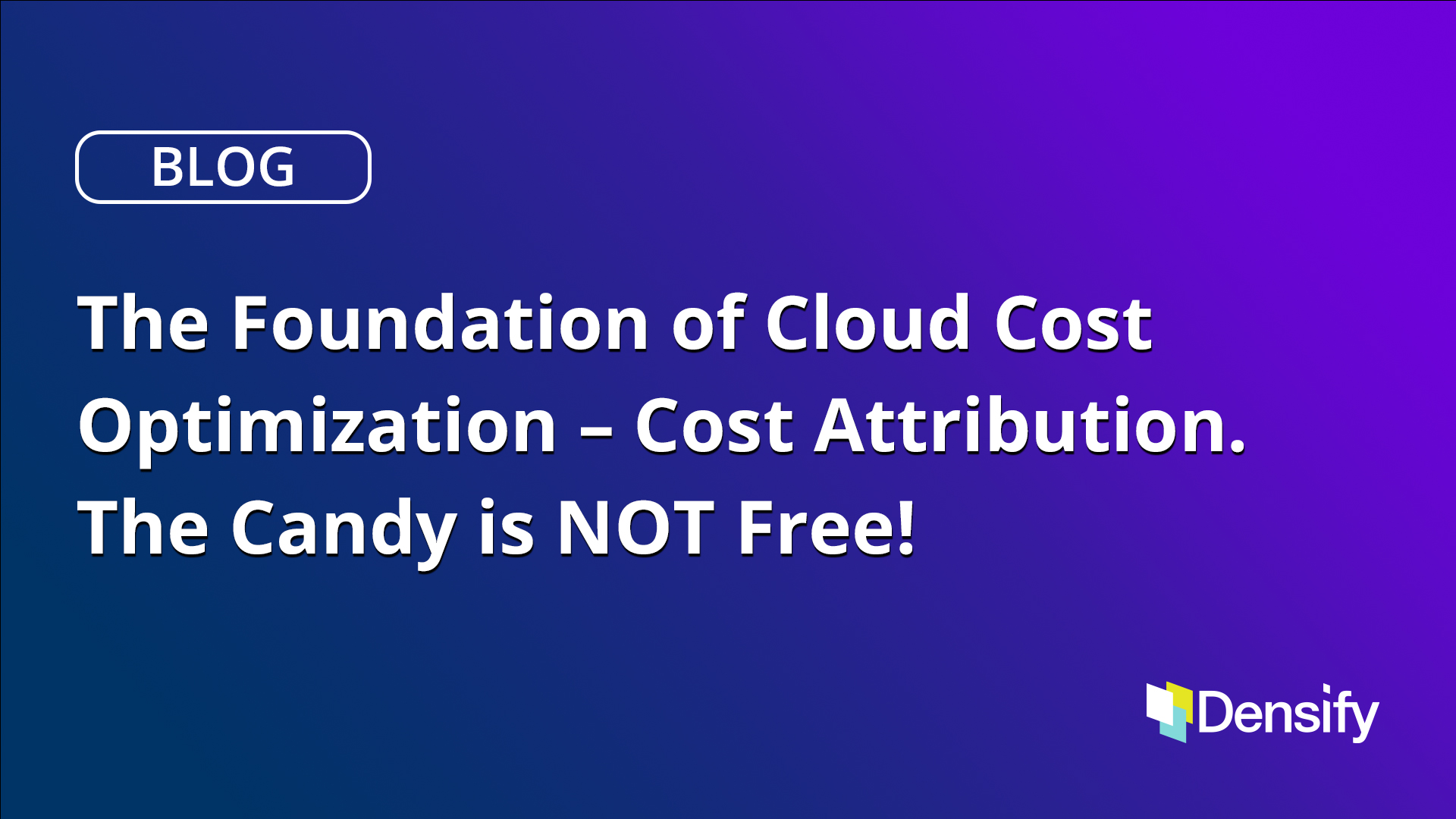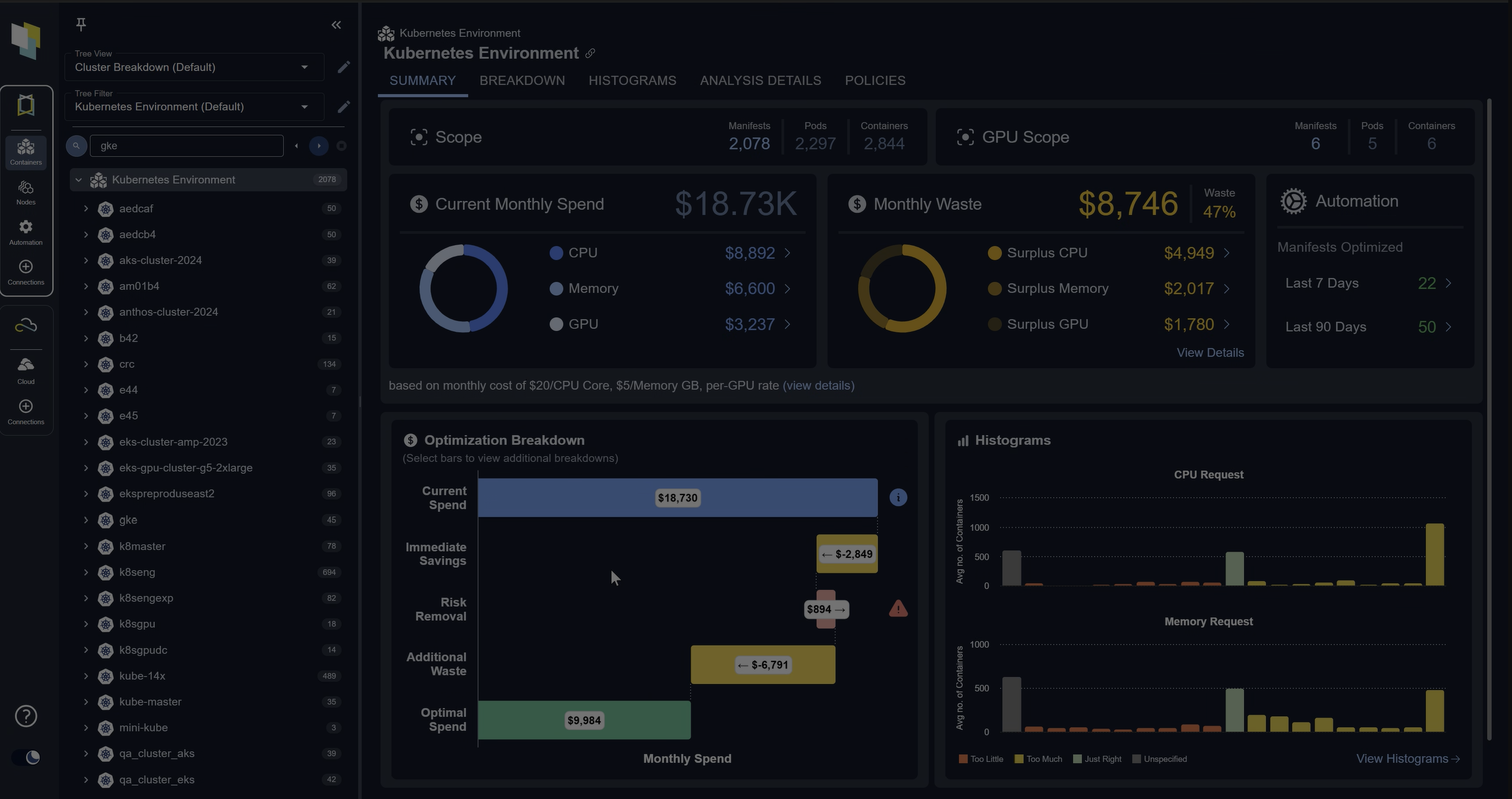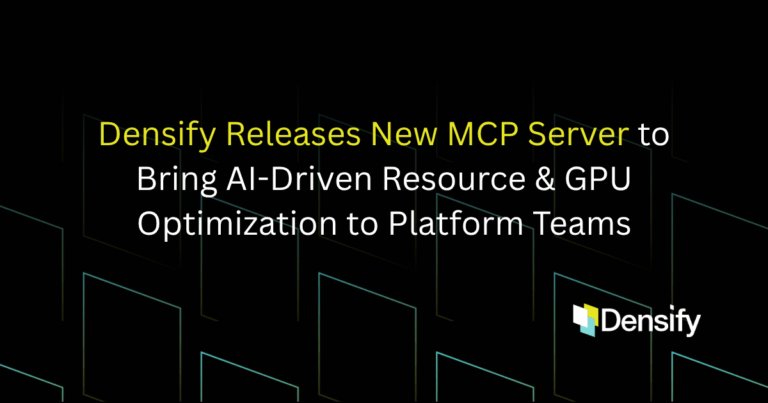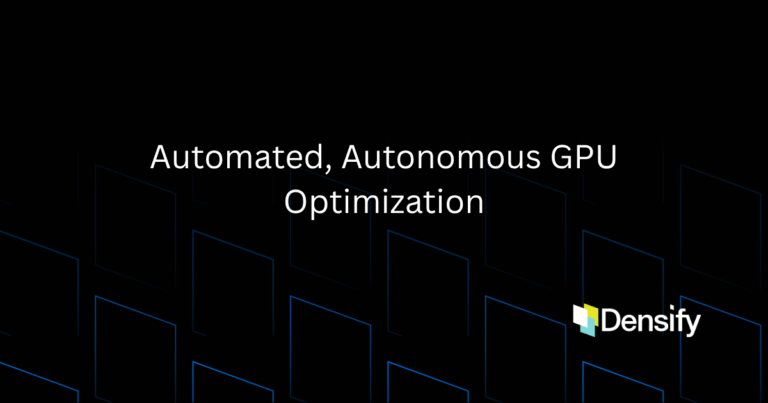
TLDR; Cloud Tagging should be automated, not left to humans.
Optimization in the cloud is actually really simple.
Here’s how we get our customers thinking differently which in turn makes them successful.
“To your developers the cloud is like a candy store is to a kid where all the candy is free”.
Just as parents need to teach their kids the value of money, you need to teach your developers the value of cloud spend. It’s ok that kids go to the candy store and it’s ok if they spend their hard earned allowance on candy – we just want them to do it efficiently, just like we want our developers innovating with cloud services – but we also want them doing it more efficiently.
Understanding Your Spending Habits
Start by showing them what they’re buying, what it’s costing (that’s attribution), then show them how they can spend more wisely – that is, give them better options for their hard-earned allowance (or ideally, their development scrum budget). Attribution of cost is the foundation upon which a program will fail or flourish.
We’ve never seen a company that does cloud tagging strategy well, so it’s not surprising that companies really struggle to get FinOps programs delivering on real behavior change. Tagging must be automated, not left to humans.
The second part here is to get that tagged usage info in front of the developers (and the executive team). That gives developers an awareness of their spend (and it gives the exec team perspective on the “size of the prize” for them to get behind. We’ll leave the parts about getting the recommendations in front of people as well getting the developers actioning the recommendations for another time. For now, getting cloud tagging defined and automated would be a huge success for the foundation of your optimization program!
A popular challenge around getting actioning done is getting recommendations into the hands of the person responsible for setting the instance type for a given app. You need to know who deployed it! If that meta data is not available, then the optimization opportunity falls into the “unknown” category where no one knows who can act on it – sadly this is a popular category for most businesses.
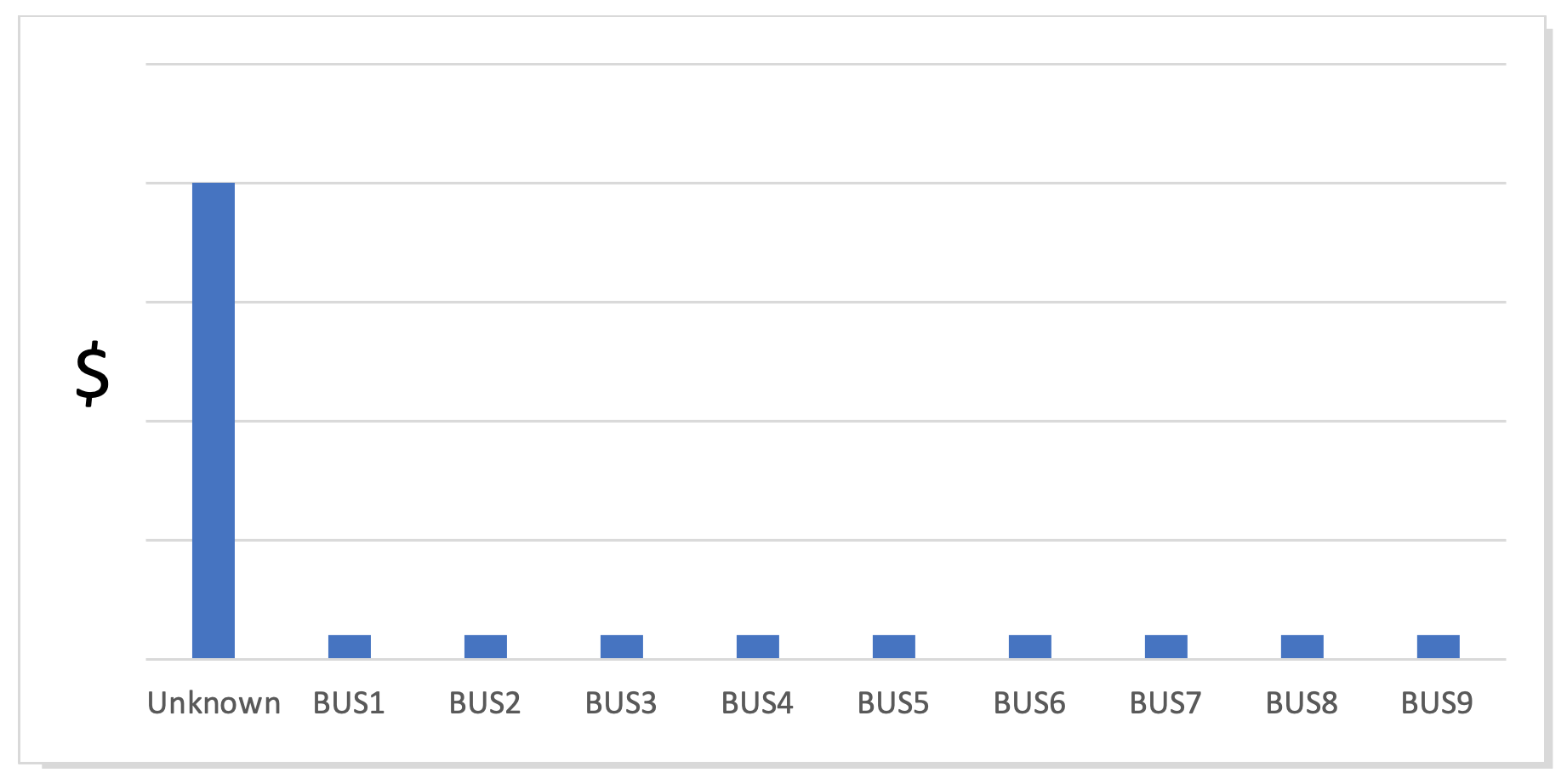
Ideally tagging exists that specifies the owner for every instance you’re running, but that is not the norm – further, it is not a problem that’s getting better. Most people (if they tag), do it by hand.
Let’s play a little game of “what tag is the owner tag”?
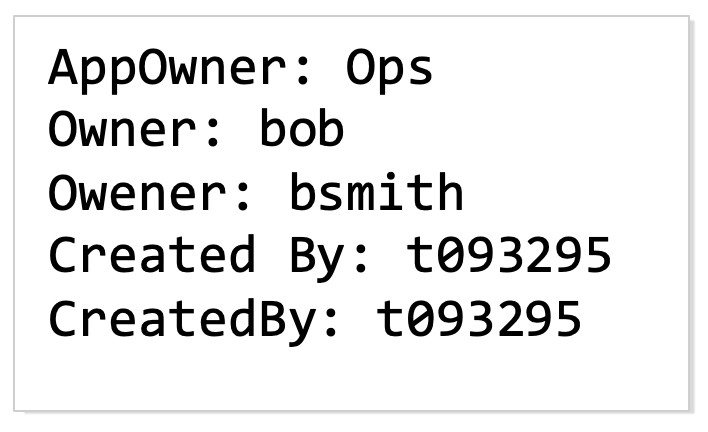
Common errors we see include (but are by no means limited to);
- Multiple/Duplicate tag names that mean the same thing
- Mixture of Capitalization and lowercase
- Spelling errors
- ‘None’ or ‘n/a’ as a value
- Critical tag does not exist
If you have meta data in another CMDB source beyond the CSP that too can be imported and used to attribute instance ownership as well as costs, and thus support getting optimization recommendations into the hands of someone who can do something with them.
Empower your Kids – and your Developers
Golden Rules of Cloud Tagging Strategy

Rule #1: Mandating tagging for developer awareness is different than tagging to track changes through destructive lifecycle events (www.finops.org/wg/cloud-cost-allocation)
Rule #2: Automate cloud tagging at deployment so that rule #1 is automatic
Best Practices
- Use a CMDB with a single tag to rule them all then maintain ITSM practices to drive consistency and compliance within the CMDB
- Establish Naming Conventions – System names should be standardized, so that even if tags are unassigned, it should be somewhat intuitive who it belongs to
- Tag names should be consistent – lower case is safest way to go
- Keep character limit to minimum – short and sweet
- Use hyphens (-) to separate words, avoid using spaces
- Deploy compliance tools from CSPs or 3rd parties to enforce your tagging hygiene
- Penalties for non-compliance (at least shame back reporting)
- Mandate auto tagging rather than manual input
- Get compliant by getting aggressive by turning off non-compliant objects or be a bit more tolerant and simply tag/report on non-compliance – a shame back view at the VP level will get behavior changing
- Consider that some things will be shared and account for that in tagging/finance model
We’d love to chat with you to understand your situation, and give you some tips while demonstrating what we can do to help your organization free up resources. Connect with us for a short exploratory conversation and demo.
Interested in seeing what Densify can do for your environment? Get a demo »
For more information on the importance of optimizing your tags, watch a 20-min session (demo included) on Cloud & Kubernetes Tagging Best Practices.

